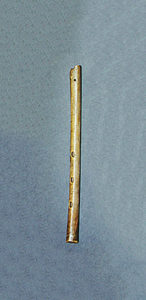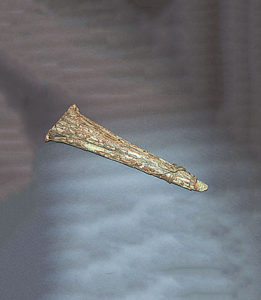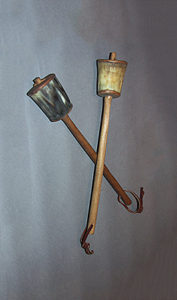Iroquois
The Haudenosaunee (meaning “people who are building the longhouse”), commonly known as Iroquois, are an Iroquoian-speaking confederacy of Native Americans and First Nations peoples in northeast North America and Upstate New York. They were known during the colonial years to the French as the Iroquois League, and later as the Iroquois Confederacy. The English called them the Five Nations, comprising the Mohawk, Oneida, Onondaga, Cayuga, and Seneca (listed geographically from east to west). After 1722, the Iroquoian-speaking Tuscarora from the southeast were accepted into the confederacy, which became known as the Six Nations.
The Confederacy came about as a result of the Great Law of Peace, said to have been composed by Deganawidah the Great Peacemaker, Hiawatha, and Jigonsaseh the Mother of Nations. For nearly 200 years, the Six Nations/Haudenosaunee Confederacy were a powerful factor in North American colonial policy, with some scholars arguing for the concept of the Middle Ground, in that European powers were used by the Iroquois just as much as Europeans used them. At its peak around 1700, Iroquois power extended from what is today, New York State, north into present-day Ontario and Quebec along the lower Great Lakes–upper St. Lawrence, and south on both sides of the Allegheny mountains into present-day Virginia and Kentucky and into the Ohio Valley.
The St. Lawrence Iroquoians, Wendat (Huron), Erie, and Susquehannock, all independent peoples known to the European colonists, also spoke Iroquoian languages. They are considered Iroquoian in a larger cultural sense; all being descended from the Proto-Iroquoian people and language. Historically, however, they were competitors and enemies of the Iroquois League nations.
Resource: https://en.wikipedia.org/wiki/Iroquois




